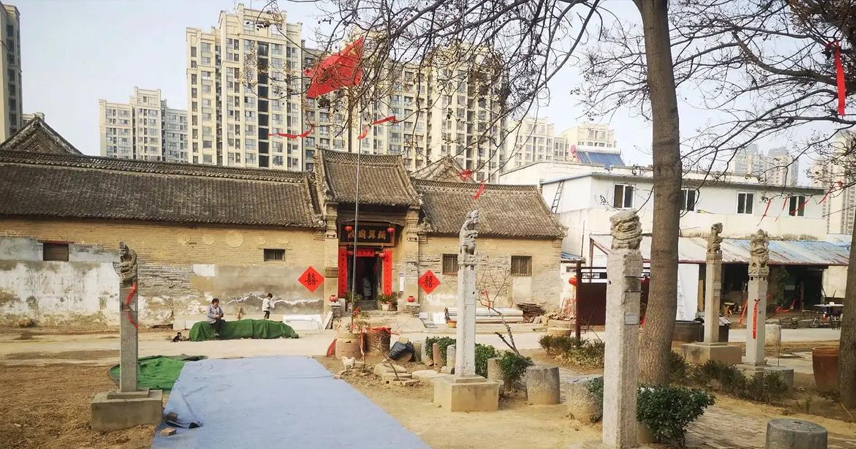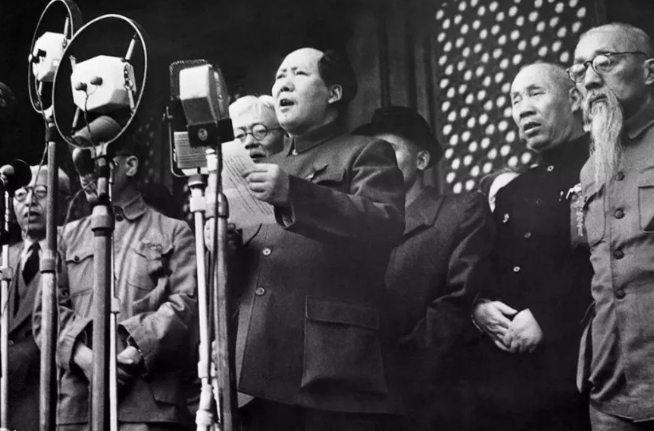In the rush of urban renewal, demolition and redevelopment have become routine across China. Developers often sweeten the deal with hefty cash payouts or new apartments, and most residents comply. But then there are the nail households—holdouts who refuse to budge, sometimes leaving a single home amid a sea of skyscrapers. One such story stands out: Ren Jinling, an elderly resident of Zhengzhou, Henan Province, who famously declared, “Not for 1 billion, not for 10 billion, not for 100 billion—I’ll never sell!” Facing sky-high offers, he invited experts from the local cultural heritage bureau. Their verdict? “This cannot be demolished.” Today, Ren’s ancient courtyard stands as a serene island in a bustling district, surrounded by highways and high-rises. What made this nail household so resolute, and why was his home deemed invaluable?
The Reluctant Villager: A Stand Against the Tide
In 2007, excitement rippled through Dong Shima Village in Zhengzhou when the government announced plans to redevelop the area, promising compensation and modern housing. Villagers eagerly anticipated their windfalls and new lives. But Ren Jinling, then in his later years, frowned at the news. As neighbors packed up generations-old homes for relocation apartments, Ren stayed put in his family compound, politely but firmly turning away demolition teams.
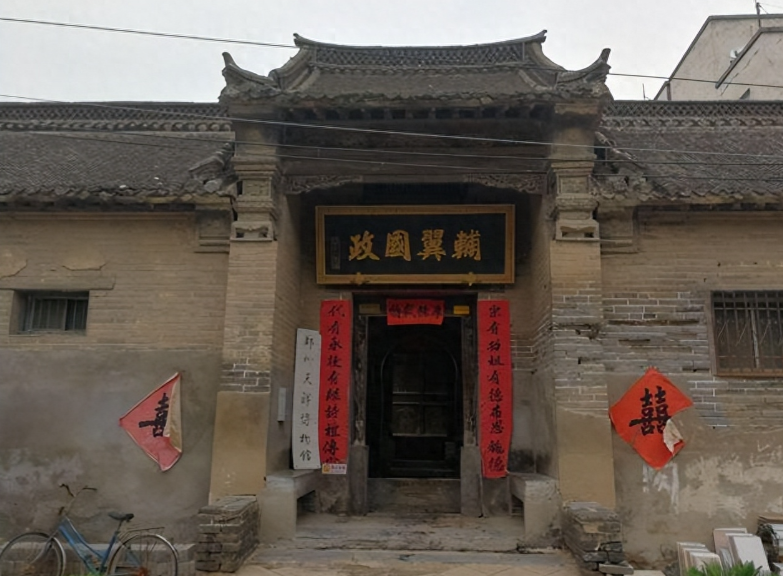
Developers initially assumed he was haggling for more money—after all, his home’s prime location bordered the soon-to-open Lianhuo Expressway to the north, the vibrant Mu Dan Street commercial hub to the east, and Zhengzhou University plus Henan University of Technology to the west. They upped the ante, eventually offering 100 million yuan (about $14 million USD at the time). Ren’s response stunned onlookers: a thunderous roar of defiance, insisting no sum could sway him. Whispers spread—some called him greedy or stubborn—but Ren wasn’t chasing cash. He was safeguarding a legacy.
The Breaking Point: Construction Closes In
Frustrated, developers resorted to pressure tactics. Excavators rumbled in, flattening neighboring homes into rubble. Ren’s once-familiar village became a dusty construction site, with relentless noise and choking dust invading his daily life. Fearing a forced teardown in his absence—especially after hearing tales of aggressive evictions—he reached out to the developers for a sit-down.
In that meeting, Ren opened up: His home wasn’t just a house; it was a 250-year-old ancient courtyard built in 1755, steeped in family history. He cited national laws protecting cultural relics, warning that demolishing it would invite legal backlash. Stunned, the developers agreed to call in experts from the Zhengzhou Cultural Heritage Bureau for an assessment.
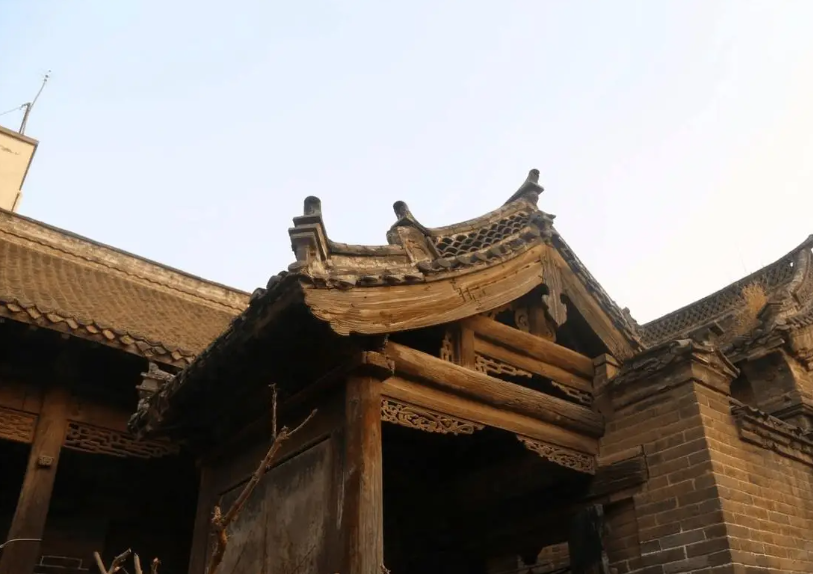
Experts’ Verdict: A Treasure Unearthed
The experts arrived and were immediately drawn to the gate’s prominent plaque: “Fu Yi Guo Zheng” (Assisting in State Affairs), a reproduction of an imperial honor from Emperor Daoguang. Climbing ladders for a closer look, they confirmed its late-Qing authenticity through material, script, and patina. Inside, the compound revealed more wonders: century-old engravings like “Imperial Grace Abundant” and “The Son of Heaven Endures” on eaves; intricate wood and brick carvings depicting cranes in clouds, deer grazing, and mythical kirin delivering sons.
Ren proudly unfurled his family genealogy, tracing the Ren lineage’s glory. The estate, known as the Ren Family Compound, had produced generations of officials, from provincial governors to military commanders. During the Taiping Rebellion era, brothers Ren Derun and Ren Dexin rallied villagers to build the Tianxiang Fortress against bandits, earning promotions to high ranks like Sixth-Grade Attendant Scholar and Fifth-Grade Martial Virtue Cavalry Lieutenant. At its peak, the compound spanned over 20 acres with 38 rooms across five courtyards—a local landmark dubbed the “Grand Gate Tower.”
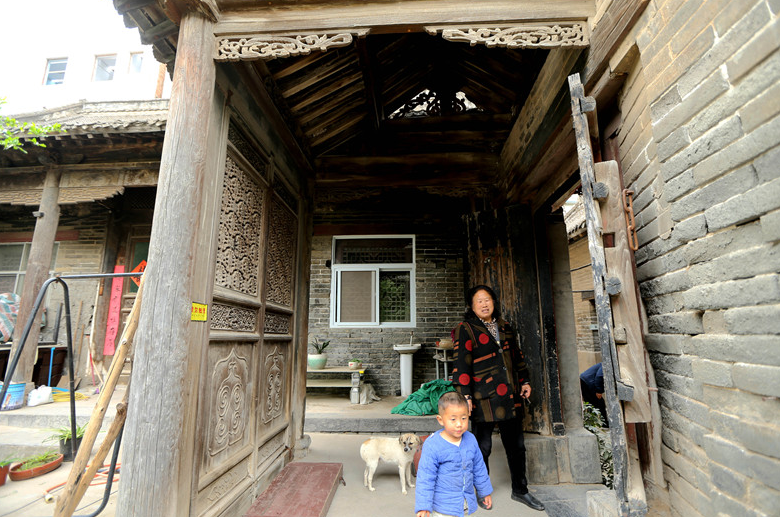
War and revolution diminished the family’s fortunes; by New China’s founding, lands were redistributed, leaving just two courtyards, 48 rooms, and under 3 acres. Yet, Ren’s grandfather and father had charged him with its stewardship. Despite his children’s pleas to relocate to their modern home and enjoy the payout, Ren endured the drafty winters and sweltering summers, declaring, “This legacy has lasted 200 years—if it ends with me, I’ll face my ancestors in shame.”
The home brimmed with artifacts: Qing dynasty robes, antique porcelain, weaving looms—survivors spanning two centuries. Experts shook Ren’s hand, vowing protection: “This must not be torn down—its 200-year history alone demands preservation.”
From Isolated Holdout to Cultural Beacon
In 2009, the Ren Family Compound was designated a municipal cultural heritage site, shielding it amid the ruins. Media flocked to Ren, who reflected: “The house belongs to our ancestors, passing through me—it’s my duty to pass it on. Breaking the chain would sever our roots.” His words resonated in an era fixated on wealth, earning widespread admiration.
Fame brought headaches: uninvited visitors disrupted life, and thieves pilfered relics. Ren spent his meager savings on a perimeter wall, but funds ran dry midway. To safeguard it fully, he petitioned the cultural bureau to convert the site into a museum. In 2017, approval came: renamed the Zhengzhou Tianxiang Museum—honoring the family’s fortress heroism—it reopened with government-backed restorations preserving its Qing aesthetics.
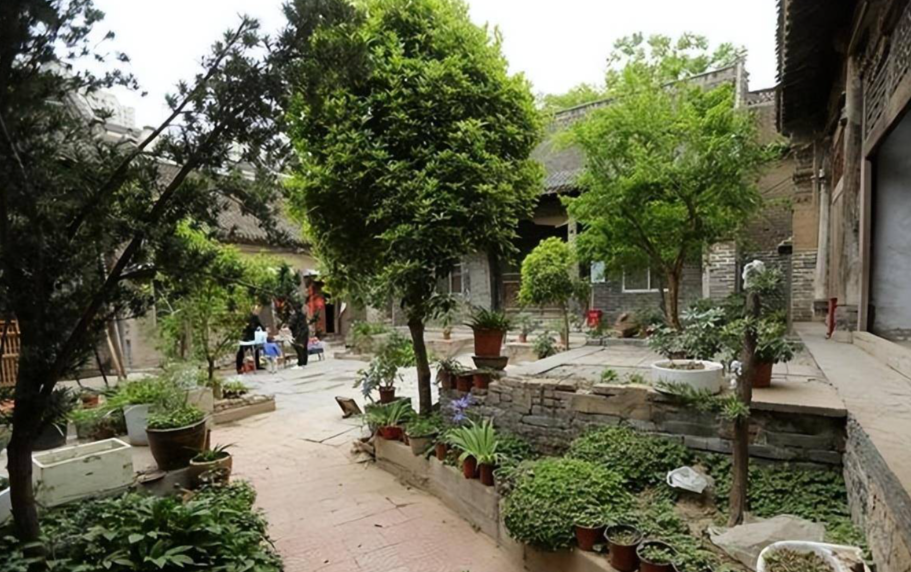
The front courtyard welcomes visitors for free (ID required), while the back remains private. As inaugural director, Ren and his wife handle cleaning, maintenance, and tours, sharing the Ren saga without charge. He expanded a room into an education center for school groups on traditional culture. Now a Zhengzhou landmark, the museum draws crowds via media collaborations, blending history with tourism.
A Legacy Beyond Price
Ren Jinling’s saga isn’t just about one nail household—it’s a testament to valuing heritage over fortune in a breakneck modern world. By forgoing billions, he didn’t just save a home; he revived a museum that educates and inspires. In an age of fleeting gains, Ren’s quiet conviction reminds us: some treasures, like family roots and cultural echoes, are truly priceless.
References
- Sohu. (2024). Henan Nail Household Persists in Not Demolishing, Backed by Millennium Cultural Heritage. https://www.sohu.com/a/814048181_121956424
- Tencent News. (2022). 247-Year-Old Zhengzhou Ancient House Treated as Nail Household, Constant Conflicts with Developers. https://news.qq.com/rain/a/20220115A06RG800
- Sohu. (2024). In 2010, Henan “Nail Household” Ren Jinling Says: Not Even for 100 Billion! Admirable Ending. https://m.sohu.com/a/851653777_121294678/
- NetEase. (2024). Henan “Nail Household” Ren Jinling, Claims 100 Billion Won’t Demolish, Experts: Indeed Cannot Demolish. https://www.163.com/dy/article/J5KL3O7N0552XK8U.html
- Sina. (2022). Henan “Nail Household” Ren Jinling, Claims 100 Billion Won’t Demolish, Experts: Indeed Cannot Demolish. https://k.sina.cn/article_1690367810_64c0f742019013alm.html
- NetEase Mobile. (2023). Henan “Nail Household” Ren Jinling, Claims 100 Billion Won’t Demolish, Experts: Cannot Demolish His Home. https://m.163.com/dy/article/I12SC8PT05561ZHX.html
- NetEase. (2022). In 2007, Henan Elder Refuses 100 Billion Demolition Fee, Now Museum Director Called Meddling. https://www.163.com/dy/article/HP6VI4PQ0553WNUD.html
- NetEase. (2022). Henan Elder: Once Claimed “100 Billion Won’t Sell House”, Now His House is a Museum. https://www.163.com/dy/article/H8P4PAOO05525W0J.html
- NetEase. (2025). Henan “Nail Household” Ren Jinling, Claims 100 Billion Won’t Demolish, Experts: Indeed Cannot. https://www.163.com/dy/article/K03F3TUU05568PEA.html
- NetEase. (2024). In 2007, Henan “Nail Household” Claims Billions Won’t Demolish, Experts After Inspection: Cannot Demolish. https://www.163.com/dy/article/JEDU7S2D05378IX6.html

